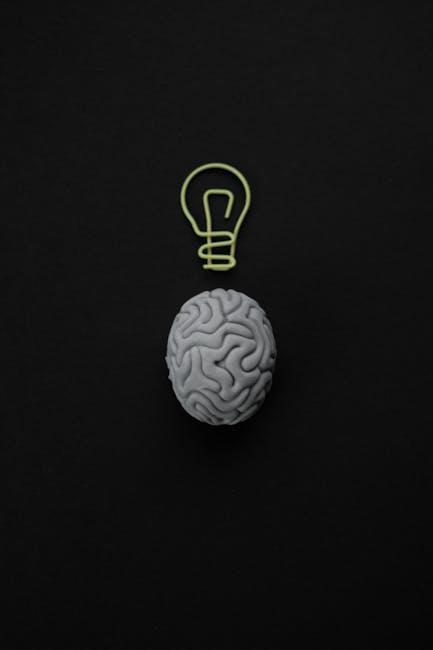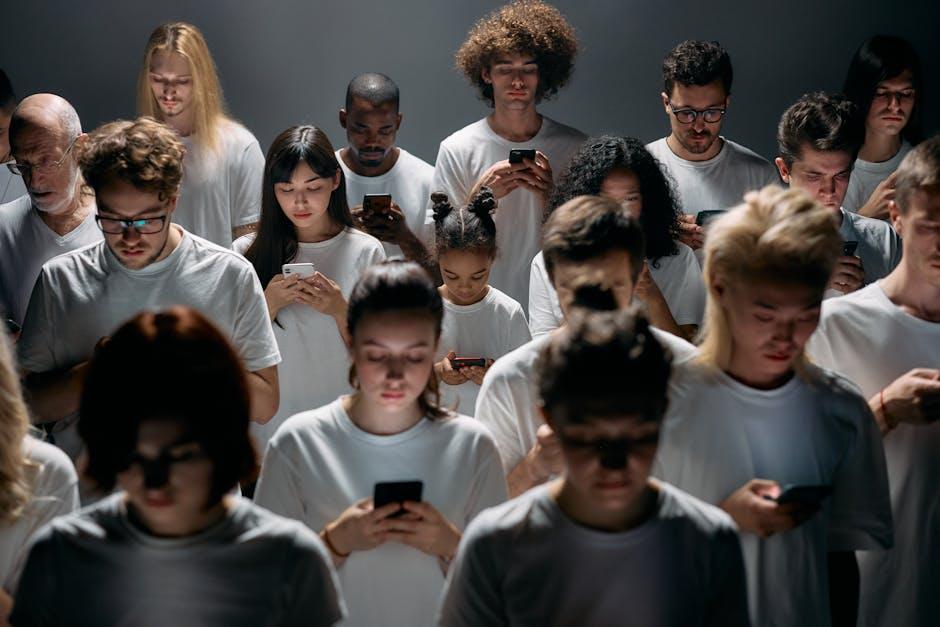In an age where notifications buzz incessantly and screens compete fiercely for our gaze, the way we focus has transformed in ways both subtle and profound. Technology, once heralded as a tool to enhance productivity and connectivity, now finds itself at the heart of a growing conversation about our ability to sustain attention. This article delves into the intricate relationship between technology and attention spans, exploring how digital innovations shape the rhythms of our concentration, the challenges they pose, and the opportunities they present for redefining how we engage with the world around us.
The Evolving Nature of Attention in the Digital Age

In today’s hyper-connected world, attention has become a precious commodity, constantly vying for focus amid a barrage of digital stimuli. The relentless stream of notifications, multimedia content, and instant messaging encourages a rapid, often fragmented mode of processing information. This transformation challenges our ability to engage deeply, prompting a shift towards more transient and multitasking-driven attention patterns. As users become accustomed to quick bursts of interaction, traditional long-form content may feel less accessible, pushing creators to innovate through concise, visually engaging formats.
Several key factors shape this shifting landscape:
- Information Overload: The sheer volume of available content demands selective focus, often fragmenting attention.
- Algorithmic Influence: Platforms tailor content to capture fleeting moments of interest, reinforcing short attention spans.
- Multitasking Culture: Juggling multiple applications and media streams alters how sustained attention is maintained.
| Aspect | Traditional Attention | Digital Age Attention |
|---|---|---|
| Focus Duration | Extended, hours | Brief, minutes or seconds |
| Content Consumption | Linear, sequential | Fragmented, non-linear |
| Interaction Style | Passive, reflective | Active, rapid switching |
Understanding How Technology Shapes Cognitive Processing

Modern technology, with its rapid-fire notifications and endless streams of information, has profoundly altered the way our brains process stimuli. The constant barrage of digital inputs encourages a mode of cognitive processing that favors quick scanning over deep reading, leading to diminished attention spans. Devices demanding our focus simultaneously train us to switch contexts rapidly, creating a landscape where sustained concentration becomes a scarce commodity. This shift can impact learning, problem-solving, and even emotional regulation, as the brain adapts to a fast-paced, fragmented environment.
To better understand these changes, consider the following effects of technology on attention:
- Multitasking overload: Switching between apps or tasks disrupts sustained focus and increases cognitive fatigue.
- Instant gratification culture: Social media and streaming platforms reward quick engagement, discouraging patience and persistence.
- Reduced recollection: Shallow processing limits memory retention and the ability to synthesize complex ideas.
| Technology Aspect | Impact on Attention | Potential Consequence |
|---|---|---|
| Notification Alerts | Frequent interruptions | Fragmented focus |
| Social Media Feeds | Rapid content scrolling | Superficial comprehension |
| Streaming Platforms | Continuous autoplay | Reduced attention stamina |
Practical Strategies to Foster Focus in a Distracted World

In an era defined by constant connectivity, reclaiming attention requires intentional adjustments to how we engage with technology. Establishing designated tech-free zones or time blocks during the day encourages the brain to rest from continuous notifications and digital stimuli. Pairing this with mindfulness practices, such as focused breathing exercises before diving into work, can fortify mental clarity and reduce impulse distractions. Simple habits, like disabling non-essential alerts or using apps that limit screen time, create an environment where sustained attention becomes achievable rather than fleeting.
Another approach involves rethinking how multitasking is managed. Instead of juggling several digital tasks simultaneously, dedicating undivided attention to one activity with planned breaks helps maintain high productivity and reduces mental fatigue. To better illustrate this method’s effectiveness, consider the following comparison of focus strategies:
| Strategy | Focus Outcome | Potential Drawback |
|---|---|---|
| Single-tasking with breaks | Improved concentration and retention | Requires discipline to maintain |
| Continuous multitasking | Appears efficient but scatters attention | Leads to higher error rates and stress |
- Prioritize tasks based on importance before starting the work session.
- Set specific goals to create a roadmap and avoid aimless browsing.
- Incorporate regular digital detoxes to refresh cognitive capacity.
Balancing Screen Time for Improved Mental Wellbeing

Maintaining a healthy relationship with screens is essential for cognitive clarity and emotional balance. By consciously moderating device usage, individuals can foster better focus, reduce stress, and reclaim mental energy drained by constant digital engagement. Implementing deliberate breaks and setting clear boundaries helps in nurturing a routine where tech use is purposeful, not compulsive. Some effective strategies include:
- Scheduled digital detox times: Designate tech-free hours during your day.
- Mindful consumption: Prioritize content that adds value rather than mindless scrolling.
- Physical activity breaks: Use screen pauses to rejuvenate with movement or fresh air.
Below is a simple breakdown of daily screen time recommendations that balance productivity with mental wellbeing:
| Activity | Suggested Daily Limit | Mental Benefit |
|---|---|---|
| Work/Study | 4-6 hours | Focus & accomplishment |
| Entertainment | 1-2 hours | Relaxation & fun |
| Social Media | <1 hour | Connection, minimized anxiety |
By adopting these mindful limits, you can nurture attention spans and cultivate a mental environment resilient to the overstimulation often brought on by unchecked technology use.
Wrapping Up
As we navigate the ever-evolving landscape of technology, its subtle dance with our attention spans continues to shape how we engage with the world. While screens and notifications may fragment our focus, they also offer new avenues for creativity and connection. The true impact lies not in technology itself, but in how we choose to harness it-balancing the pull of instant stimuli with mindful moments of clarity. In this ongoing dialogue between human attention and digital innovation, understanding this interplay becomes essential for crafting a future where technology serves as a tool for empowerment, rather than distraction.














